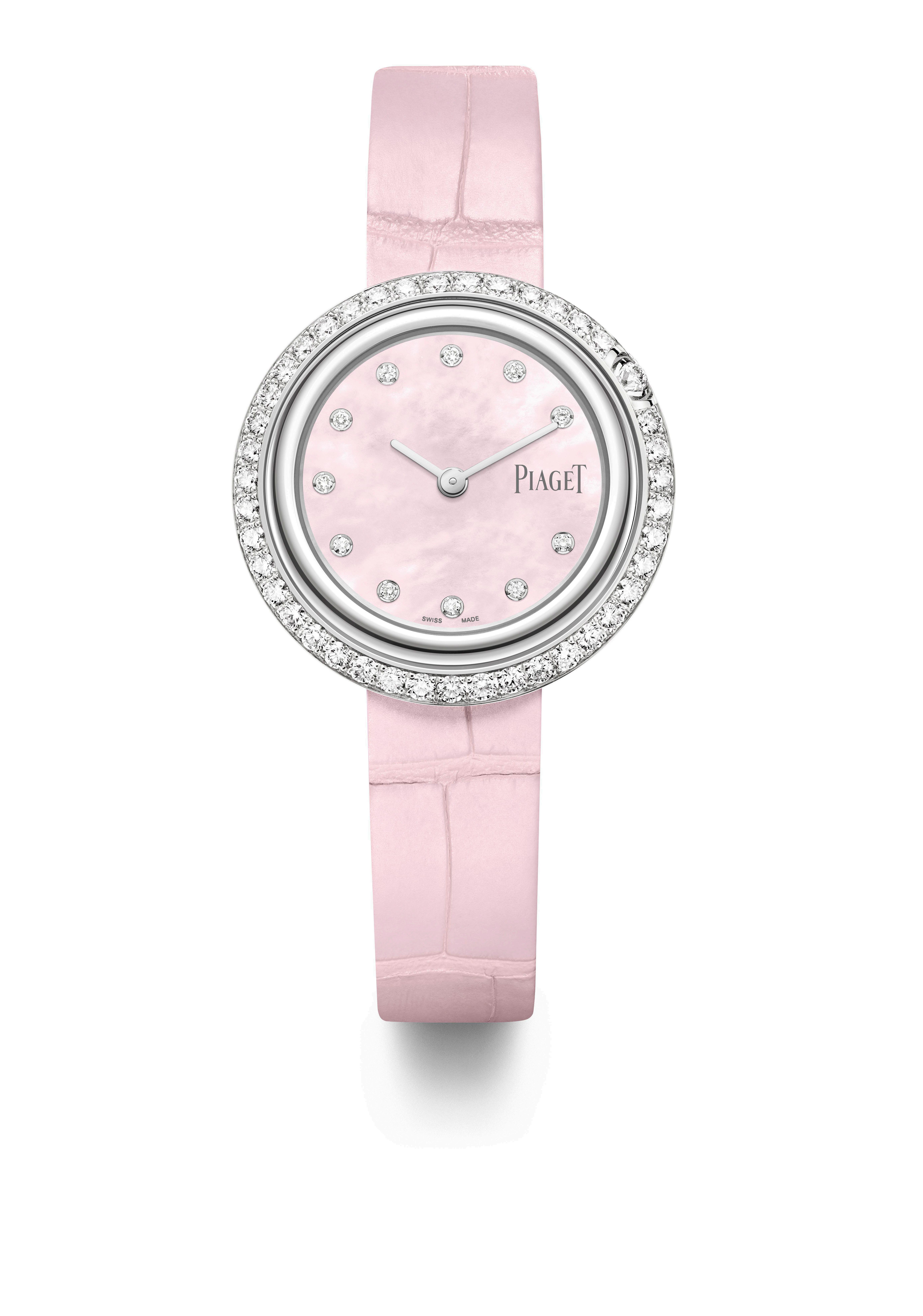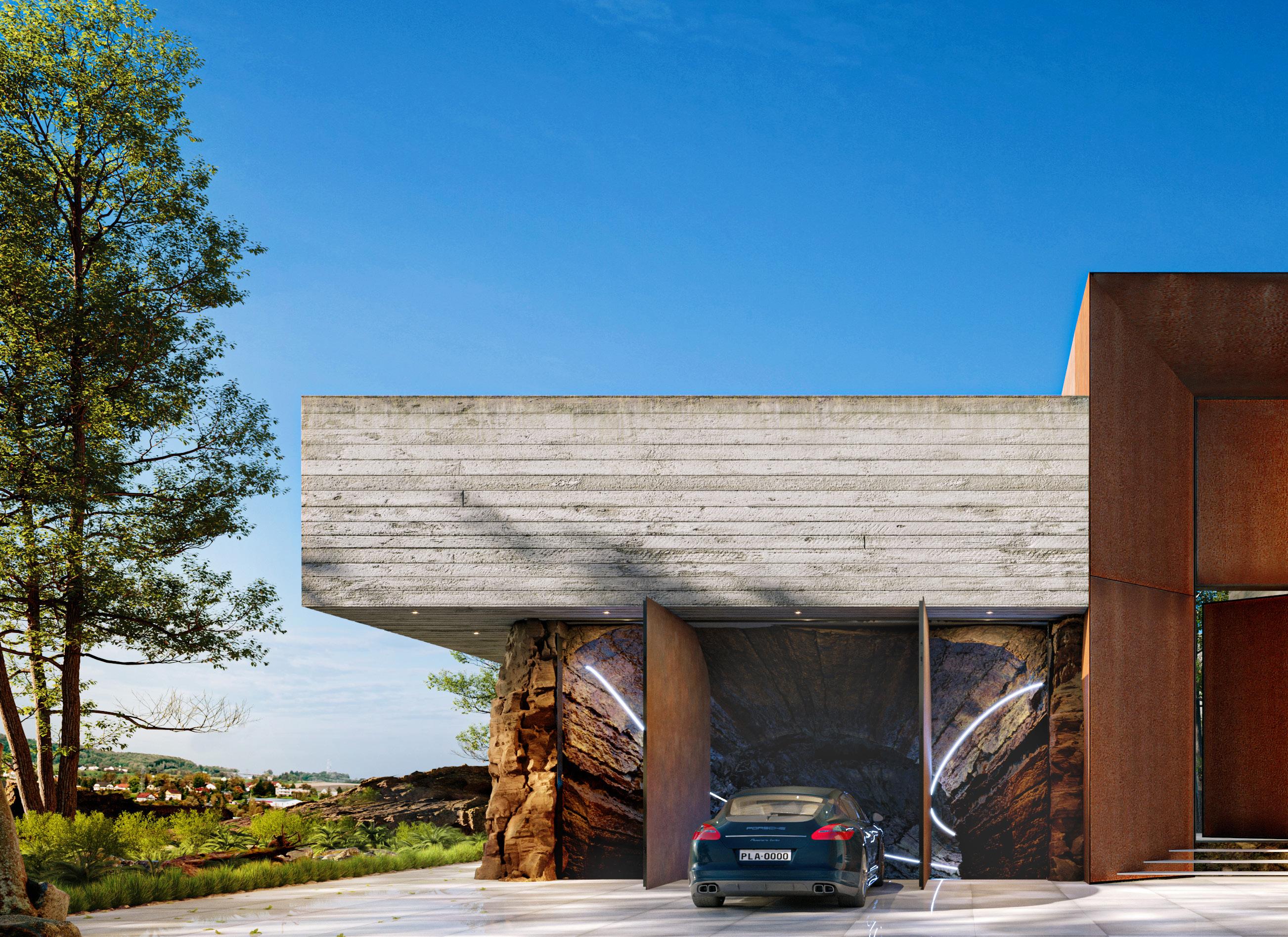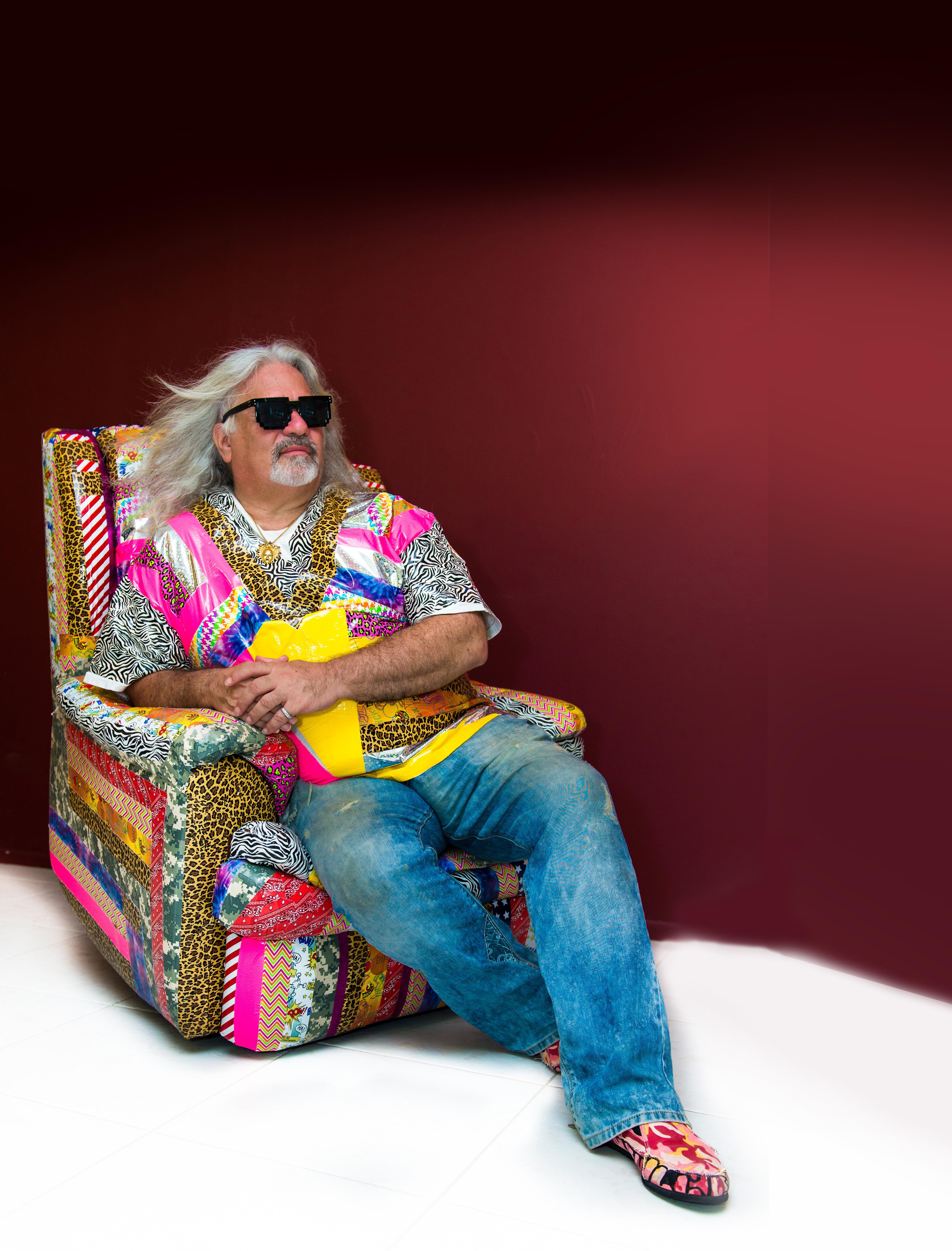
10 minute read
LAURENCE GARTEL THE FATHER OF DIGITAL ART
THE FATHER OF DIGITAL ART
INTERVIEW BY SARA O’BOYLE
Advertisement
Laurence Gartel, known as “THE FATHER OF DIGITAL ART,” continues to be recognized for his innovative and eye-catching works within his multifaceted portfolio. Before the official publication of photo editing software in 1987, Gartel invented his own process to manipulate images using photo synthesizers and TVs. Since then, nothing has changed about Gartel’s ultramodern approach. From Polaroid prints to Tesla cars, no potential canvas is left untouched. While a single article cannot begin to capture all the works that encompass Gartel, he sat down with us to discuss his earliest memories of art, his greatest inspirations, and what we can expect from him in the future
PHOTO CREDIT:
PHOTOGRAPHY BY SUNMAN
Let’s start from the beginning. What is your earliest memory of creating art?
When I was two years old, I crawled out of my crib and drew around my mother on her bed sheets while she was sleeping with red lipstick. I went up the walls as far as I could stand. That is my first memory of creation. What about your first major accomplishment related to art?
When I was nine years old, I went to the Pels School of Art in the old Ansonia Hotel on 73rd Street in New York City. I went there every Saturday for seven years, until I built my portfolio to be accepted in the High School of Music Art (known to many as the FAME High School, which they made a movie about in 1980; this was seven years after I graduated). Also, in sixth grade, I was given a scholarship to attend a children’s gifted art program at Pratt Institute in Brooklyn. My mom would often say, “Laurence, aren’t these masterpieces wonderful?” I would often reply, “Mom, you know my work is better than this!” She would give me a whack upside my head. How could a kid be so self-assured, and so determined all at the same time? I knew I had a long road ahead of me, but if I stuck to it, I would become a success.
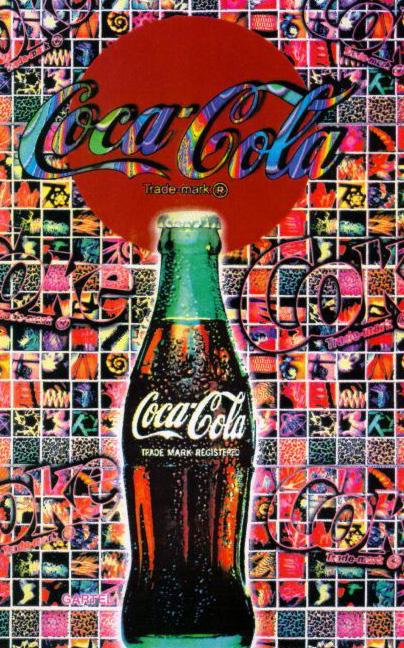
What inspires you?
Growing up I read many books on Renoir, Van Gogh, Monet, Manet, and Picasso in our apartment in the Bronx as my parents had them. I was riveted and mesmerized by their work. My parents were very encouraging, and they had my art hung up all over the house. They were very proud to frame each one. I believed I was right where I needed to be—developing my skills, one brush stroke after another.
My mother would also take me to the Guggenheim Museum and the Metropolitan Museum of Art to look at the work of Paul Klee, Vassily Kandinsky, Miro, and Alexander Calder. These artists were my biggest inspirations for success in the art world.
My mom would often say, “Laurence, aren’t these masterpieces wonderful?” I would often reply, “Mom, you know my work is better than this!” She would give me a whack upside my head.

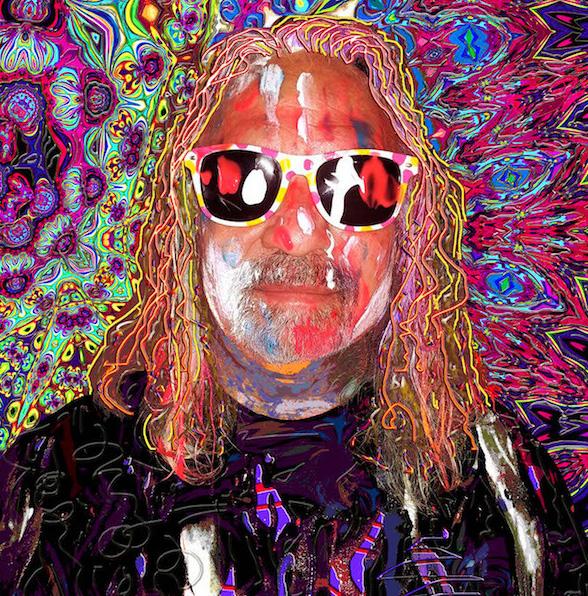
GARTEL Feature of the 113th NY International Auto Show. 25,000 sq.ft Pavilion of Art Cars and Motorcycles. Photo Credit: Photography by Sunman
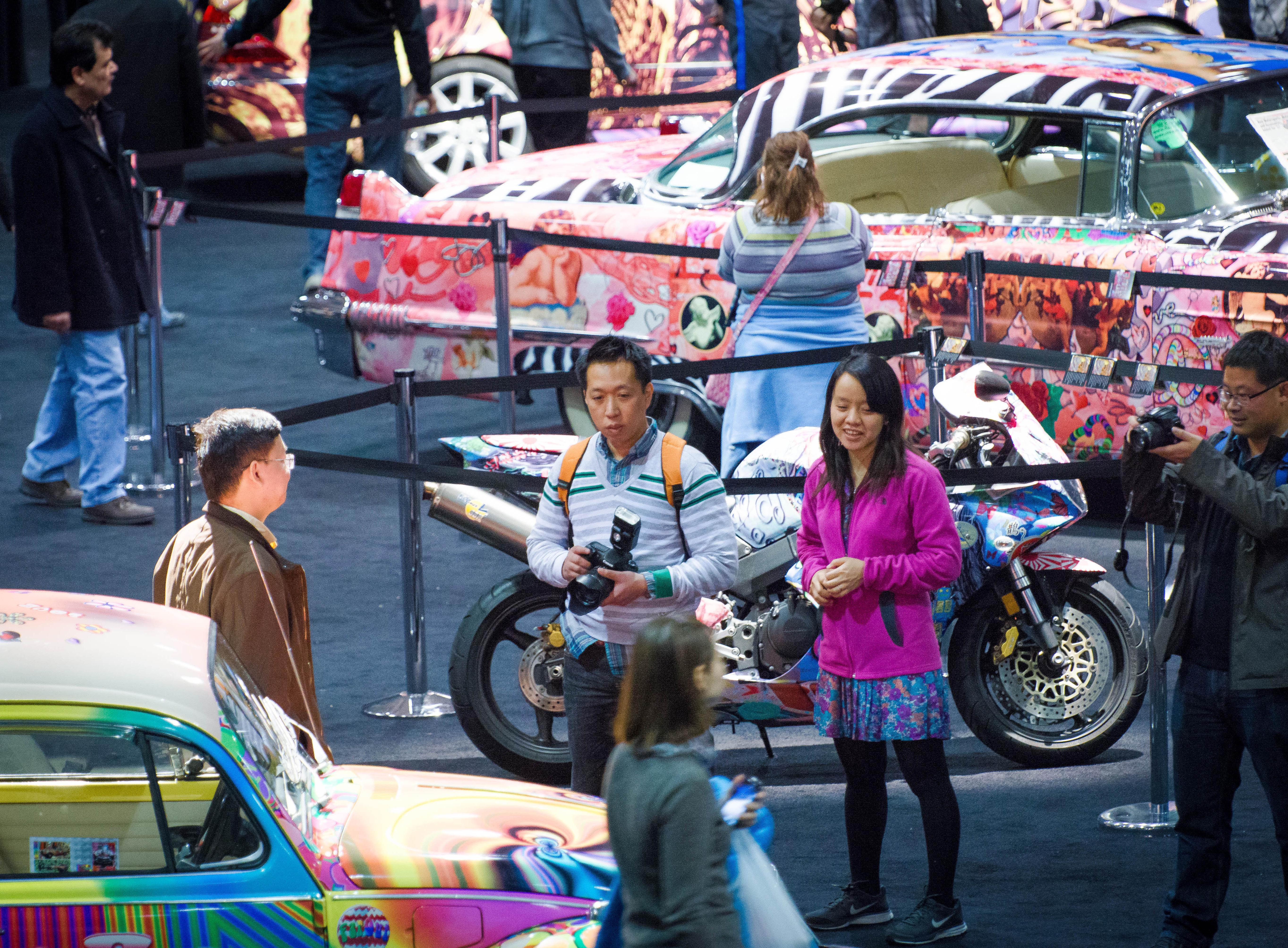
How could a kid be so self-assured, and so determined all at the same time? I knew I had a long road ahead of me, but if I stuck to it, I would become a success.
There is a photo I often think of, of myself when I was ten. I am standing next to the sign that says, “Welcome to the Art Gallery: Admission 25¢.” I always believed art and commerce went together. People should know their value and the value of their art.
Among some of the greats you worked with, I heard one was Andy Warhol. Please tell us about your experience with him.
I met Andy at Studio 54 and taught him how to use the Amiga Computer to create Debbie Harry‘s (Blondie’s) album cover. He was a very quiet, gentle fellow. He did not have much dexterity in using a mouse, but it was a good moment in any case.
The curator of the Lucca Museum, Maurizio Vanni, felt that my working with Warhol was the touchpoint of when pop art merged with digital art. So, in 2017, he organized the exhibition “Warhol vs. Gartel: Hyp Pop,” which has been traveling around Italy for four years. Exhibitions have been on hold since COVID-19 but should resume once things start getting back to normal.
Please tell us about the most challenging piece you have worked on to date.
Perhaps, producing the Grammy Statue for the 57th Annual Grammy Awards in 2015. Essentially, my art was wrapped around the statue to be used as the official image on the invitation, poster and program used for the VIP entry tickets. This was a very tedious project, particularly the art on the interior of the horn. Your hand can only go up so far, so I needed tools to be able to go to the very end and then smooth it out. The opposite side of the art was sticky so it could adhere to anything that it touched. Art always has a technical aspect to it when it comes to big projects. It must come out perfectly, which is thrilling. The final statue had to be perfect for photography purposes. Thirty thousand of the greatest entertainers received that Grammy ticket with the art.
What does your creative process look like? And what is your most crucial artist tool?
Taking photos has always been a part of my process and the camera has always been my most important artist tool in capturing reality. Life itself is an inspiration for me so photos have always been an important part of that. I have been taking pictures almost every single day since I was ten years old. My father got me a Kodak Hawkeye camera and we used to have the film processed at the local drug store. Then, he purchased a Polaroid instant camera for our vacation trips to Florida. It was there that “instant gratification” was born. Everyone knows it is the creative mind that triggers it all once the photo is taken. Back in 2005, I went to India to produce a Bollywood style “video music.” (This is written as the opposite of a music video because the imagery is first and foremost.) I
“ WARHOL vs GARTEL HYP POP “ Exhibition, Lucca Museum, Itali 2017
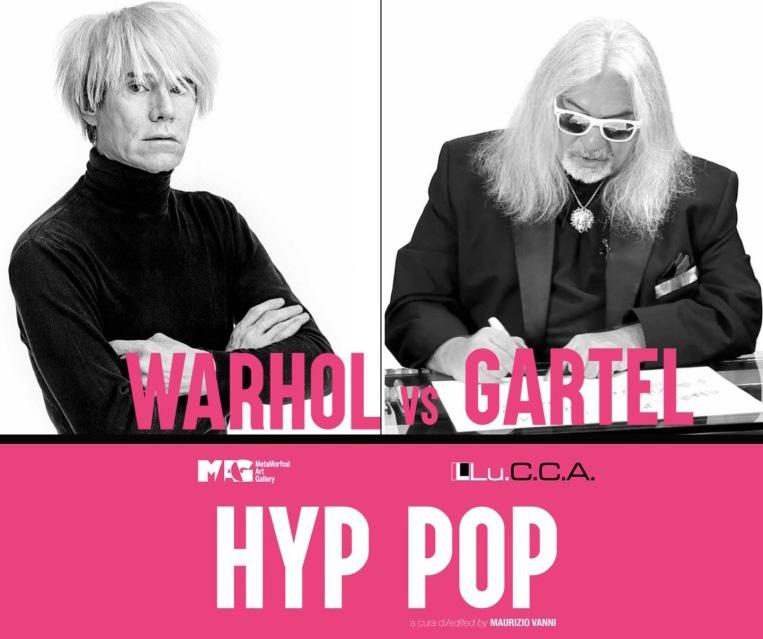
traveled across the country for two months collecting images in both still and video. Then, I went back to my studio in Florida for another several months to create fourteen tracks of storytelling through imagery using licensed music from Universal Entertainment, whom the video was produced under. At that time, I had custom software written for me, so I was able to create images that no one else could make. In this case, I have my own proprietary software. Photoshop is mostly used as an assembly program to put all the parts together.
“ GARTEL Welcome to Miami “ commission for virgin Miami Rail Station, 2019 Photo Credit: Photography by Sunman LLC
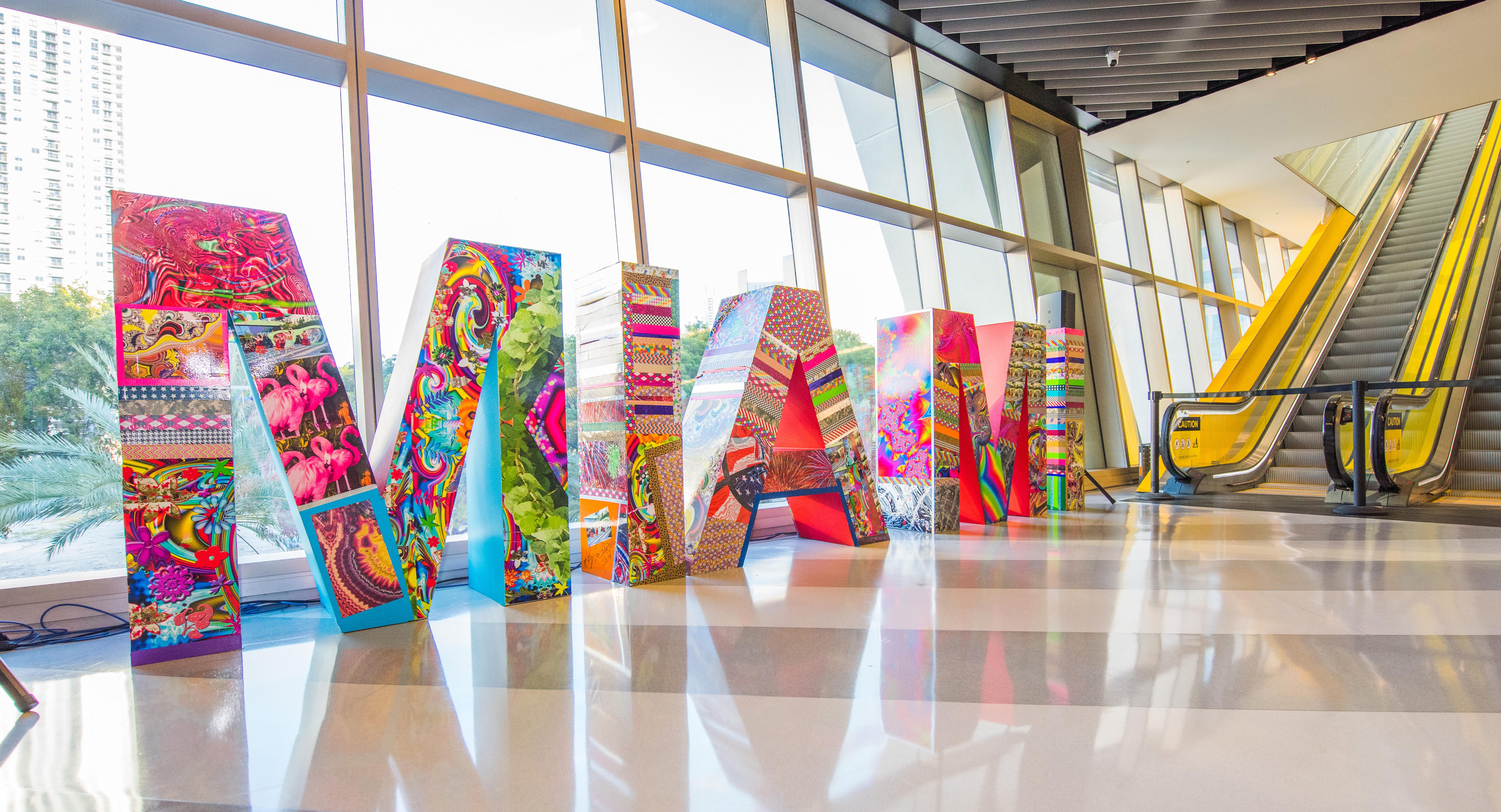
Through time I have used dozens of software programs. They often become obsolete when operating systems change and they do not support older program. They seem to fade away. My first systems were analog turning knobs and buttons, and routing wires from one apparatus into another. The only way to capture an image was to photograph the screen. I made prints from negatives and slides and thus, it gave the art the look of having its own texture. With today’s high-resolution screens, it is not the same effect. “Old looks new,” and thus, that work remains iconic. Today we have our cell phones, of course, so I take a dozen or two pictures a day as a running record of life events. As an international artist, I do a lot of traveling and meet fabulous people along the way. For instance, I traveled to Milan to have an exhibition and met with art critic and historian, Pierre Restany. We had a great meal at Bice with master artist, Mimmo Rotella. Fortunately, I was with my colleague Maurizio Monticelli, who I am sure took the picture, which stands as an iconic remembrance to this day. Is there an element of art you enjoy working with the most? Why? I do like invention so when I created the very first art car for Elon Musk and Tesla, I found that very rewarding. Nobody had seen anything like it. People often say that artist Alexander Calder created the first art car for BMW—naturally, it was not electric. An electric car created by an “electric artist” made the most sense and is the most compatible pairing. Since then, I created over sixty unique art cars for a variety of clients. I would love to create an art boat or an art plane, or even an art helicopter. None of it is out of the question. I enjoy challenges. Who knows? Maybe a spaceship or a rocket in the future? I have worked with NASA for their MMS Launch at Kennedy Space Center, so one never does know!
How do you work with wealthy families through your art?
This is a very interesting question. Most families of wealth and influence, like Vanderbilt, often commission portraits of their likeness for a family member. I think portraits are so popular because they often become something that is passed down through generations.

I have also done a good number of celebrity portraits: Britney Spears, Justin Timberlake, Versace, Don King, and others. Each always looks different and describes their individual personalities. Often, I would create portraits I call “histographies.” For instance, I was commissioned to create a portrait of the former COO of Bear Stearns. His family sent me a box of his most treasured items: awards, deeds to property, cars, you name it. I
“ Grammy Statue” Commissioned for the 57th Annual Grammy Awards, 2015
did a histography recently whereby the collector had his children
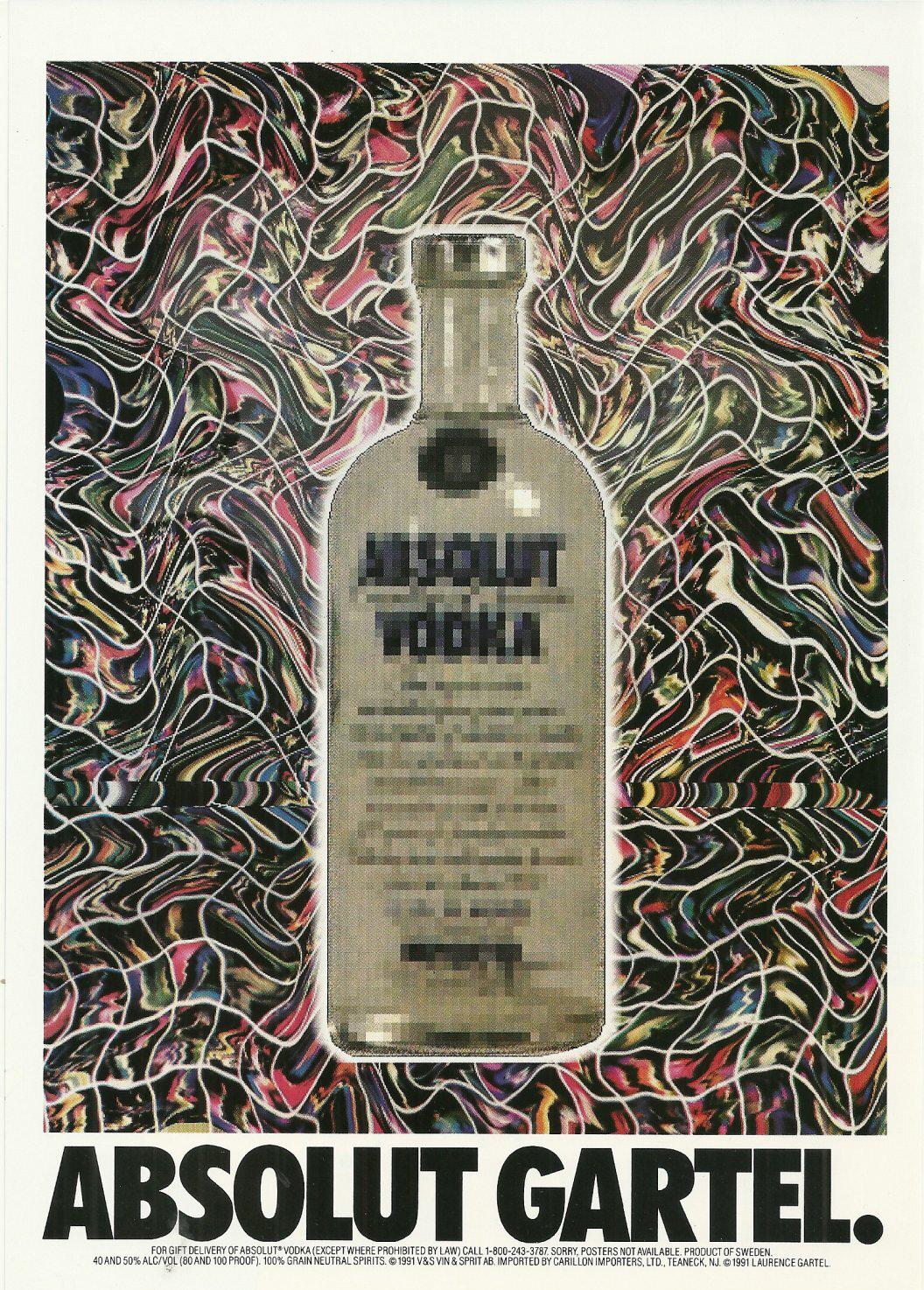
and grandchildren included as well as trips and travels to Israel, etc. He had a very large art collection inclusive of sculptures that I added. His whole “world” was included. What is next for you in the future? This time during the pandemic has been a time of reflection but at the same time, most prolific. I have been designing numerous products for companies located in Germany, Sweden, and Switzerland—all of which will be revealed in 2021. The most exciting project, however, are “Art Puzzles,” known as “Shashibo.” These are better than a Rubik’s cube—with over thirty magnets, you can shapeshift and create unique and different shapes, sculptures, and structures. The cubes can be combined with each other to make the sculpture larger. I have heard often that playing with these cubes takes away stress and is most calming. In the instance of art, most museums will say, “Do Not Touch.” This object is all about touching thus, giving a tactile approach to art and literally places it in everyone’s hands. We are coming out with a Limited-Edition Box Set. There are four unique cubes along with a signed Certificate of Authenticity and a numbered box. These are coming out just in time for the holidays, which makes for a great gift of art. I am also working on a three-volume autobiographical series to publish on my entire life and career. It is a tall order, but few are completely familiar with my entire history. Many know me as “that art car guy” or “the Grammy creator,” and so on. I took a sabbatical from Florida and went to the Blue Ridge Mountains to produce the definitive books. With a career as long as I have had, I have many great works both old and new. “The creative process is forever flowing,” as art historian Pierre Restany eloquently stated.
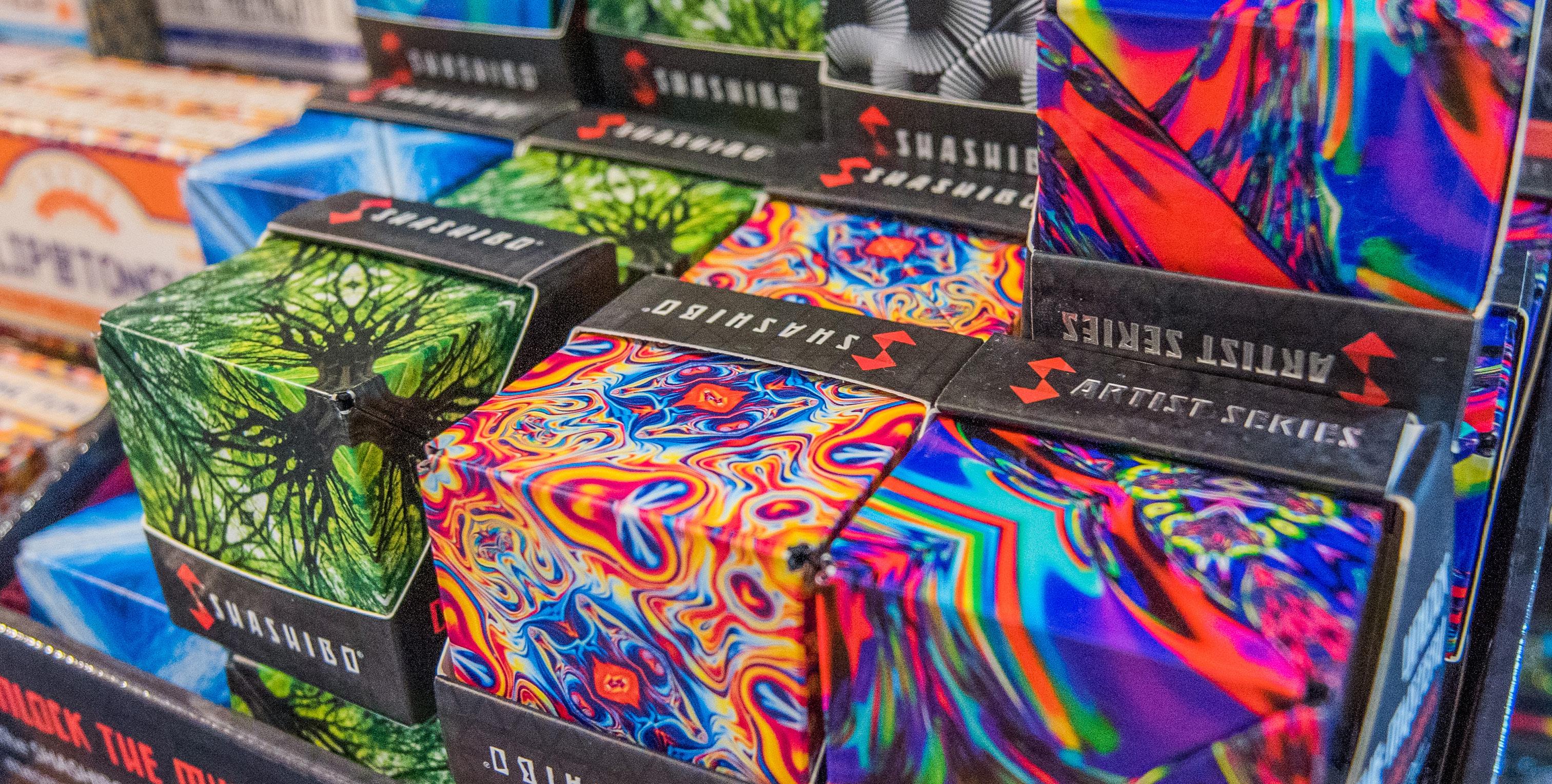
Laurence Gartel x Shashibo
gartelshashibo.com
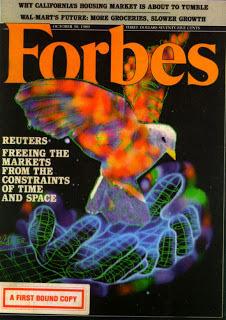
First Digital Art Cover commissioned for Forbes Magazine, 1989
Gartel x Shashibo Artist Collector‘s Pack
Sunman at SuperCar Weekend holding GARTEL‘S Commissioned cover of Boca‘Magazine 2018
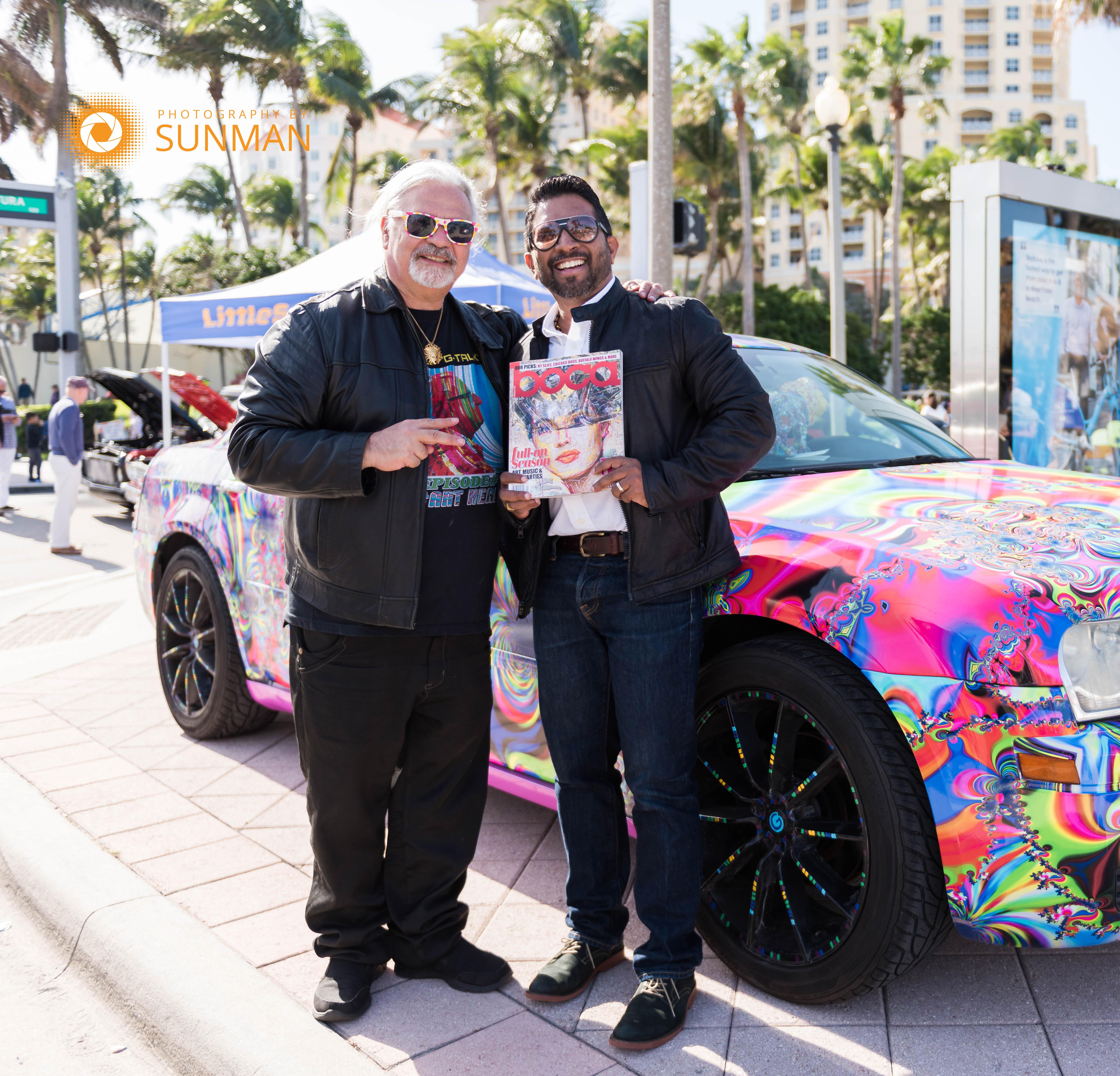
To learn more about Laurence Gartel, review his website: www.gartelmuseum.weebly.com
His office can be reached: gartel@aol.com

